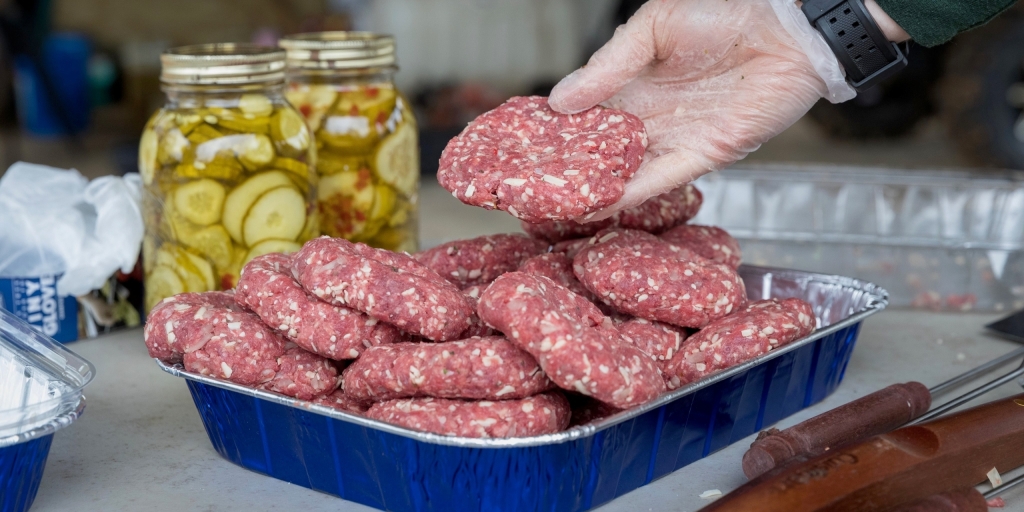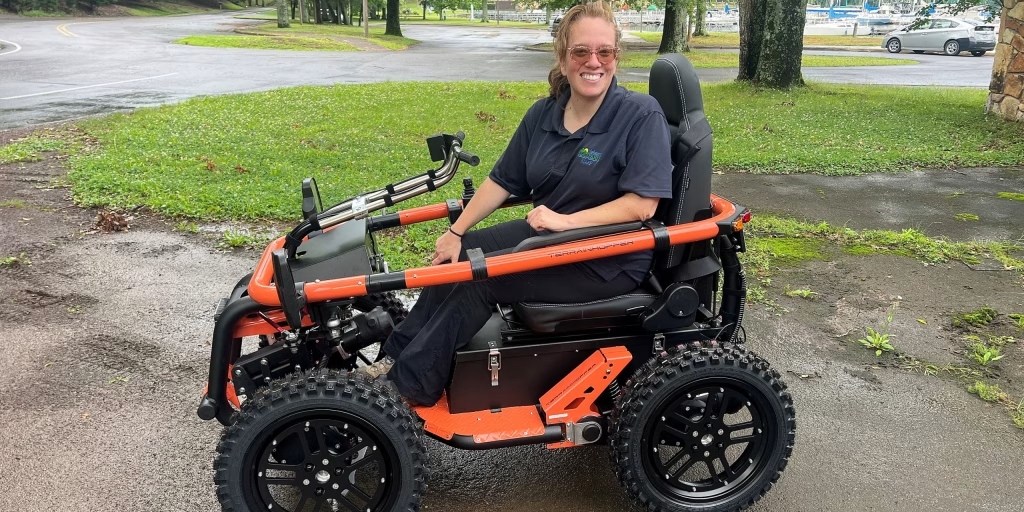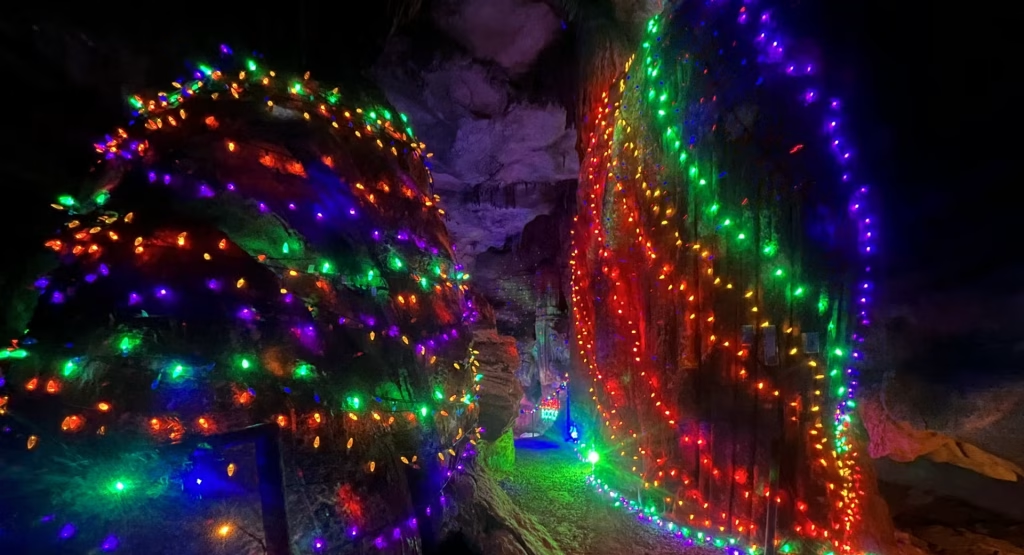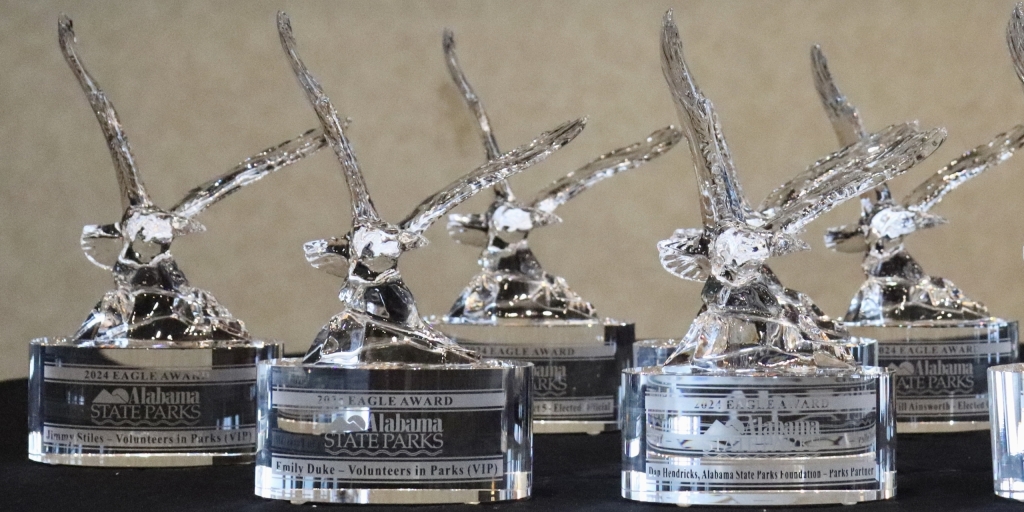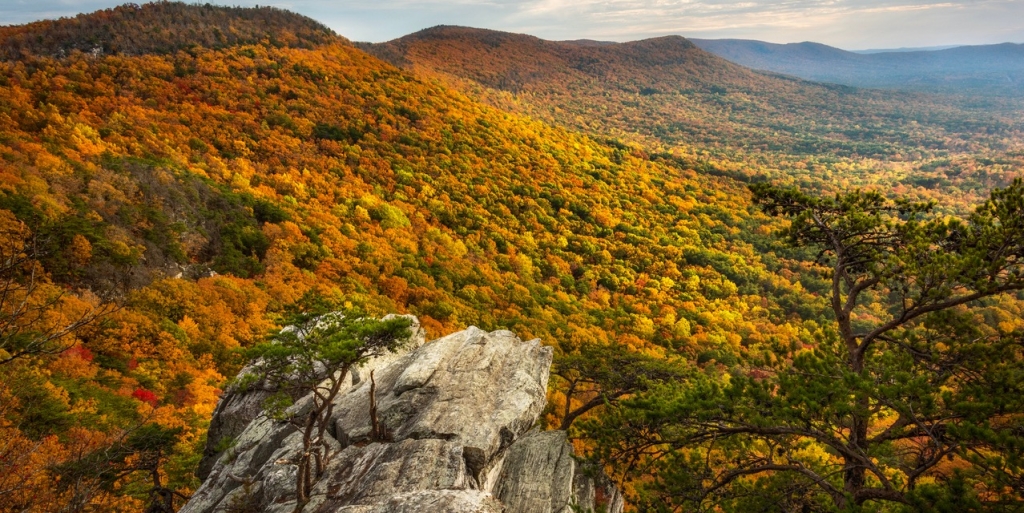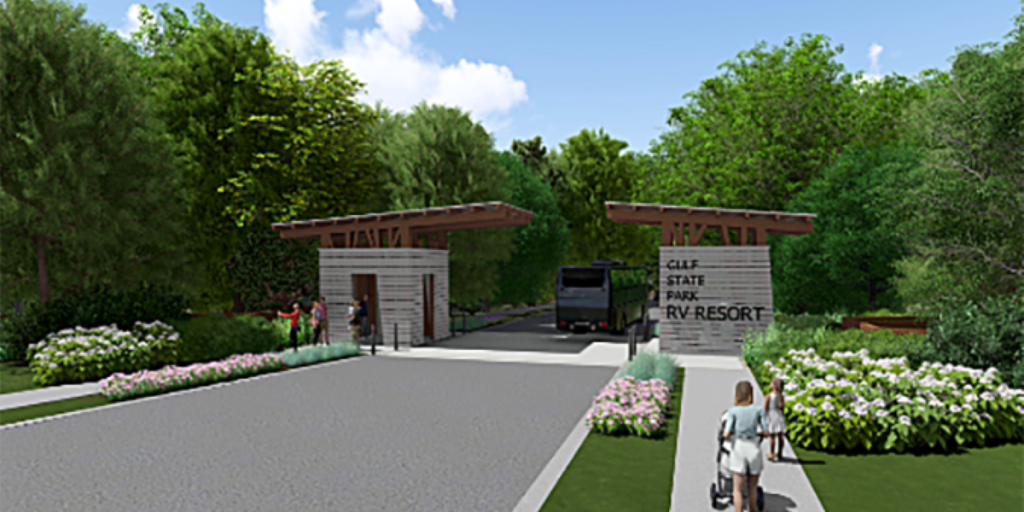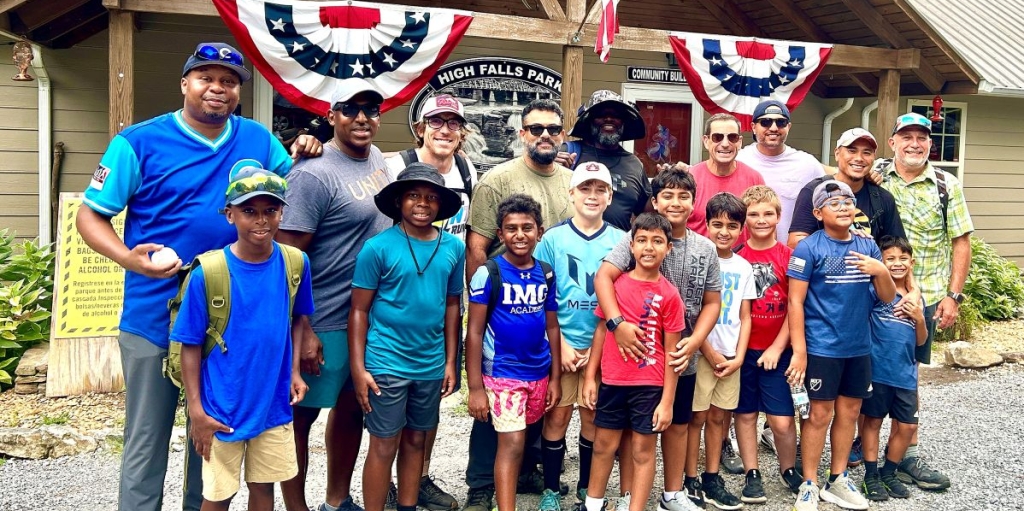To say 2024 was an outstanding year for the Alabama Department of Conservation and Natural Resources (ADCNR) would border on understatement, and plans for 2025 will continue that trend, according to ADCNR Commissioner Chris Blankenship.
Through a variety of funding sources, ADCNR has utilized more than $218 million for Alabama State Parks improvements, has facilitated the investment of more than $385 million in Coastal Alabama, and has ensured more than $37 million has gone to boating and fishing access improvements. In additional good news, 660,397 hunters and anglers supported conservation and Alabama’s outdoors recreation industry through the purchase of hunting and fishing licenses.
ADCNR is much larger and more complex than most people realize. It is made up of four Divisions – Wildlife and Freshwater Fisheries, Marine Resources, State Parks, and State Lands – and the size of its budget has moved it into the Tier 1 agency category in Alabama state government along with the Department of Corrections, the Department of Transportation, the Department of Human Resources, Medicaid and the Department of Mental Health.
Commissioner Blankenship said most Alabamians have no idea of the variety and scope of work that ADCNR is responsible for in the state.
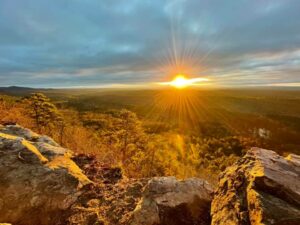
“Most people who interact with the Department usually interact through an activity they do,” Commissioner Blankenship said. “In other words, if you’re a hunter and use a wildlife management area (WMA), you might think hunting is all we’re responsible for. Or if you go to State Parks, you might think parks is all we do. It’s the same with boating access and fishing. Actually, ADCNR is really a broad Department.
“We do a lot of different things, particularly on the coast with the Deepwater Horizon oil spill restoration work and with GOMESA (Gulf of Mexico Energy Security Act) funds. We manage all of our state’s natural resources, State Parks, the Forever Wild program, and offshore oil and gas exploration and management,” Commissioner Blankenship said. “We’re also managing a little more than $1 billion in Deepwater Horizon restoration projects.”
Commissioner Blankenship hopes to enlighten the public on ADCNR’s vast and varied responsibilities.
“I think we have managed our resources well in the state, both game and fish, freshwater and saltwater,” he said. “We have great fisheries from one end of the state to the other. Our deer season is longer than anywhere else in the country. I think the primary responsibilities of the Department are well executed, something we can be really proud of. One thing we’ve been very successful at the last few years is obtaining and managing funding to do a lot of infrastructure improvements for public access around the state.
“What I’m most proud of is the amount of property we’ve acquired through the Department for public access. We’ve added more than 86,000 acres since I’ve been Commissioner and Governor Ivey has been in office. For a state the size of Alabama, that’s a pretty good bit of land. That has added to a lot of our WMAs and State Parks and has created new WMAs. On the coast, it’s protected some critical habitat that will allow the public to have access in some of the fast-growing areas in Baldwin and Mobile counties.”
Another facet of ADCNR’s work that makes Commissioner Blankenship proud is the improvement in State Parks throughout the state.
“One thing I’d like to point out is how much investment we’re making in State Parks in 2024 and into 2025,” he said. “That $218 million was used on projects that were either completed in 2024 or that we have bid, with construction taking place in 2025. That is an amazing number. We have renovations going on in all of our parks, from one end of the state to the other.”
The largest State Parks projects include a new hotel at Cheaha State Park and an executive campground at Gulf State Park as well as rebuilding the cabins on Lake Shelby at Gulf State Park and the $14 million rebuilding of Gulf State Park Pier.
“We’re also totally renovating Lake Lurleen State Park near Tuscaloosa,” Commissioner Blankenship said. “We spent $13 million totally renovating the Oak Mountain State Park Campground. We’ve made a lot of other improvements at other parks that will make a huge difference, not only for the enjoyment of the public but it will also produce revenue for State Parks that will keep us self-sufficient moving forward.”
In 2010, the Deepwater Horizon oil spill disaster affected all of the Gulf Coast states, and the restoration projects associated with the settlement continued in 2024 and into 2025. Commissioner Blankenship said about $385 million was invested in Coastal Alabama in 2024, including numerous Deepwater Horizon projects that have finished design and permitting and have begun construction.
“That includes the $13.5 million Gulf Shores Ecotourism Project and the Fairhope Working Waterfront at the Fairhope Pier that will be about $10 million,” he said. “We also have some very large projects funded by NFWF (National Fish and Wildlife Foundation), like the Dauphin Island Causeway that was about $28 million. The East End Beach renourishment on Dauphin Island was about $26 million. We have two projects that are being implemented by the Mobile Bay National Estuary Program, a $19 million restoration project in Theodore Industrial Canal and a $20 million project on Fowl River. We’ve also had investments from GOMESA in Mobile and Baldwin counties in 2023 and 2024 of about $98 million. We anticipate another $30 million in GOMESA funds for projects in 2025.”
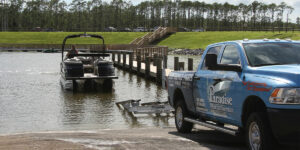
One of ADCNR’s missions in the past several years has been to upgrade and increase the public’s access to the bountiful waters of the state.
“We’ve had a very strong initiative in cooperation with Innovate Alabama for boating access around the state,” Commissioner Blankenship said. “We have more than $30 million in boating access projects that are underway or will be later in 2025.”
A ribbon cutting is scheduled in February for the renovation of the Brown’s Creek Public Ramp on Lake Guntersville. A ribbon cutting was held this week for the expanded facilities and upgraded ramp at Mount Vernon.
“The new ramp and facilities at Mount Vernon was a $2 million project that will make it first-class,” Commissioner Blankenship said. “We’re partnering with Florence on McFarland Park Boat Ramp on the Tennessee River. That park is really nice. We will cut ribbons for new ramps in Monroe, Tuscaloosa, and Choctaw counties very soon.
“In Baldwin County, we also funded the County Road 6 Boat Ramp and the renovations of the Chocolatta Boat Ramp on the Causeway. In Mobile County, the Billy Goat Hole Boat Ramp on Dauphin Island is being totally renovated, and we’re building a new ramp at Cedar Point. The Billy Goat Hole Ramp is probably our most used ramp, especially during red snapper season.
“I am so thankful for the opportunities we have to do good work for outdoor recreation in Alabama. These investments will pay dividends for many decades.”






